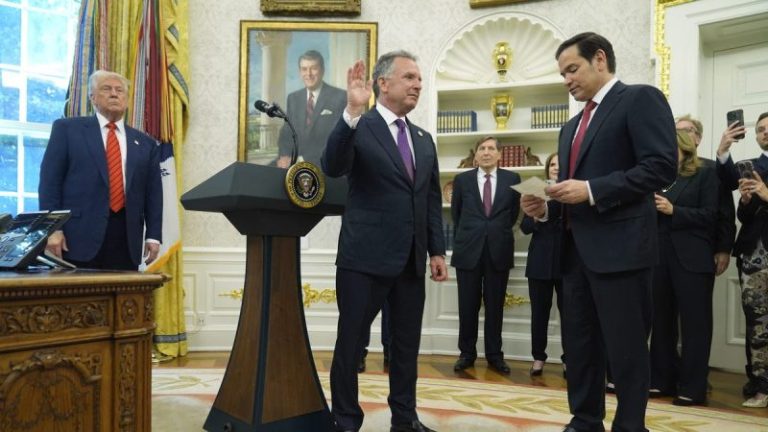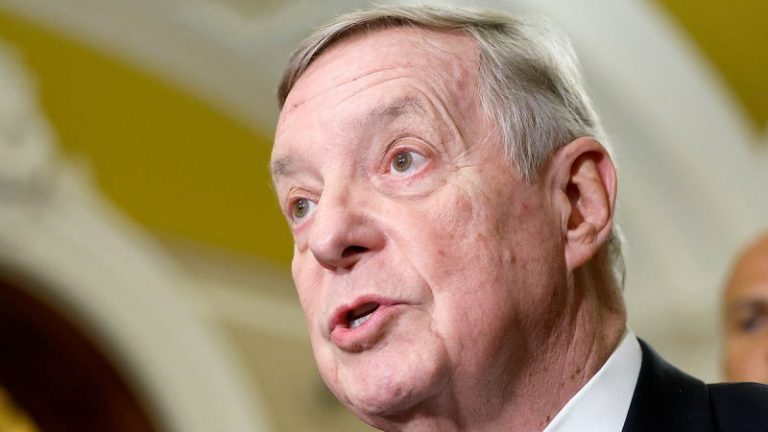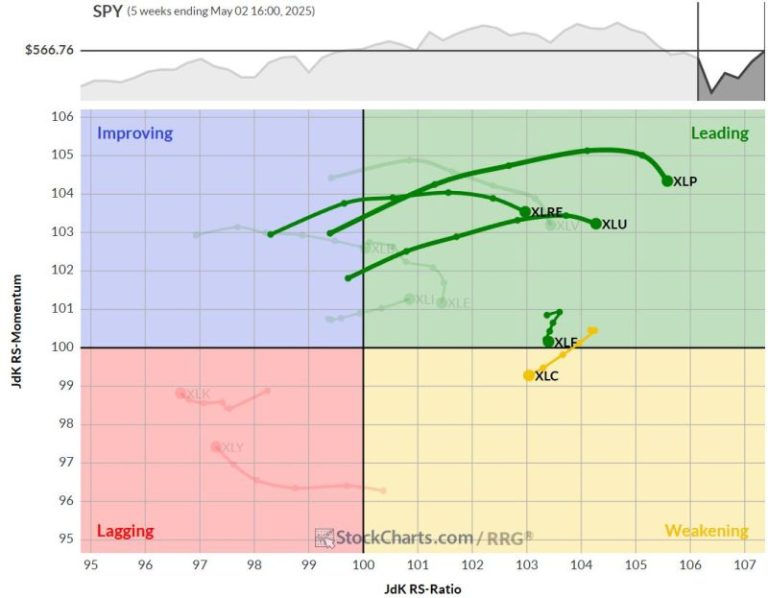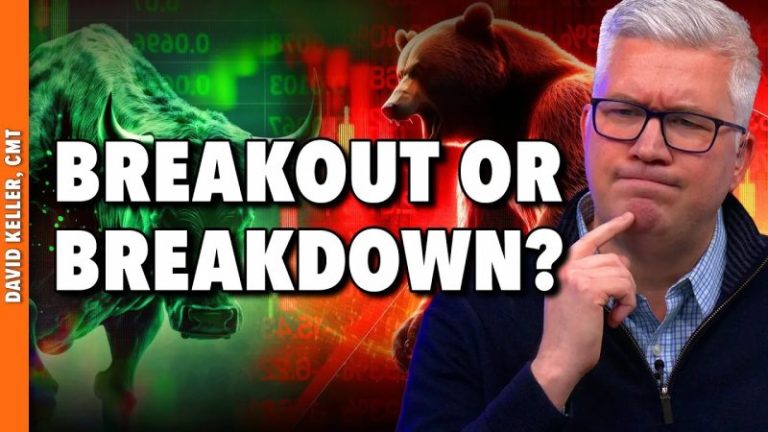President Donald Trump’s new special envoy to the Middle East was sworn in by Secretary of State Marco Rubio Tuesday in an Oval Office ceremony.
Speaking before the swearing-in, Trump praised Witkoff, who was instrumental in securing an extended ceasefire between Israel and Hamas and the return of 33 hostages, including two Americans, who were being held by Hamas.
Trump said Witkoff has ‘been with me, more or less, one way or the other, every step of the way,’ adding that he has ‘absolute confidence and support and trust’ in his Middle East envoy’s ability to secure key deals in the realm of foreign diplomacy, such as ceasefire agreements between Israel and Hamas and between Ukraine and Russia.
Though Witkoff is a real estate businessman by trade, Trump said he ‘quickly established himself as one of the toughest, smartest and best negotiators in the business,’ which is why he chose him for the important role of special envoy to the Middle East.
‘As a businessman, he’s admired and respected by all, and now Steve is putting his talents to work for America’s special envoy to the United States and making a lot of progress. Our country is blessed to have a negotiator of such skill and experience who really selflessly steps up to the plate, puts himself forward all the time,’ the president said.
Trump did note there was somewhat of a learning curve for Witkoff when it came to foreign government relations but said he has been ‘figuring it out’ at a lightning pace.
‘It takes him about an hour to figure it out,’ Trump said. ‘After that, he’s brutal. He does a great job.’
Trump noted Witkoff has already been active over the last several months, meeting with Russian President Vladimir Putin, Israeli Prime Minister Benjamin Netanyahu and leaders from Iran.
‘He’s working tirelessly to end the bloody and destructive conflicts,’ said Trump, touting Witkoff’s success so far in negotiations with various world leaders.
After the ceremony, Trump took questions from reporters, addressing a range of topics, including the just-announced ceasefire between the U.S. and the Houthis. When asked about conflicting reports indicating the Houthis do not plan to stop attacking Israel, Trump said that the terror group’s surrogates have indicated ‘very strongly’ that ‘they want nothing to do with [the United States].’
Trump was also asked questions about the ongoing conflict between Israel and Hamas in Gaza, and, in particular, about the release of the remaining 21 living hostages.
‘This is a terrible situation. We’re trying to get the hostages out. We’ve gotten a lot of them out,’ Trump told reporters, noting it is also just important to find and return the bodies of those already killed by Hamas.
He shared that two weeks ago a couple whose son died as a hostage came to him and said, ‘Please, sir, my son is dead. Please get us back his body.’
‘They wanted his body. He’s dead,’ Trump said from the Oval Office after Witkoff’s confirmation. ‘They know. He said they wanted his body as much as you would want the boy if he was alive. It’s a very sad thing.’
Trump also commented on Iran and its potential development of nuclear weaponry. The president said definitively that ‘they’re not going to have a nuclear weapon.’
‘This is really crunch time. I would tell you, for Iran and for their country, this is a very important time for Iran. This is the most important time in the history of Iran, for Iran, and I hope they do what’s right,’ Trump told reporters.
‘I’d love to see a peace deal, a strong peace deal. … We want it to be a successful country,’ he added. ‘We don’t want to do anything that’s going to get in the way of that. But they can’t have a nuclear weapon. And if they choose to go a different route, it’s going to be a very sad thing. And it’s something we don’t want to have to do, but we have no choice.’










